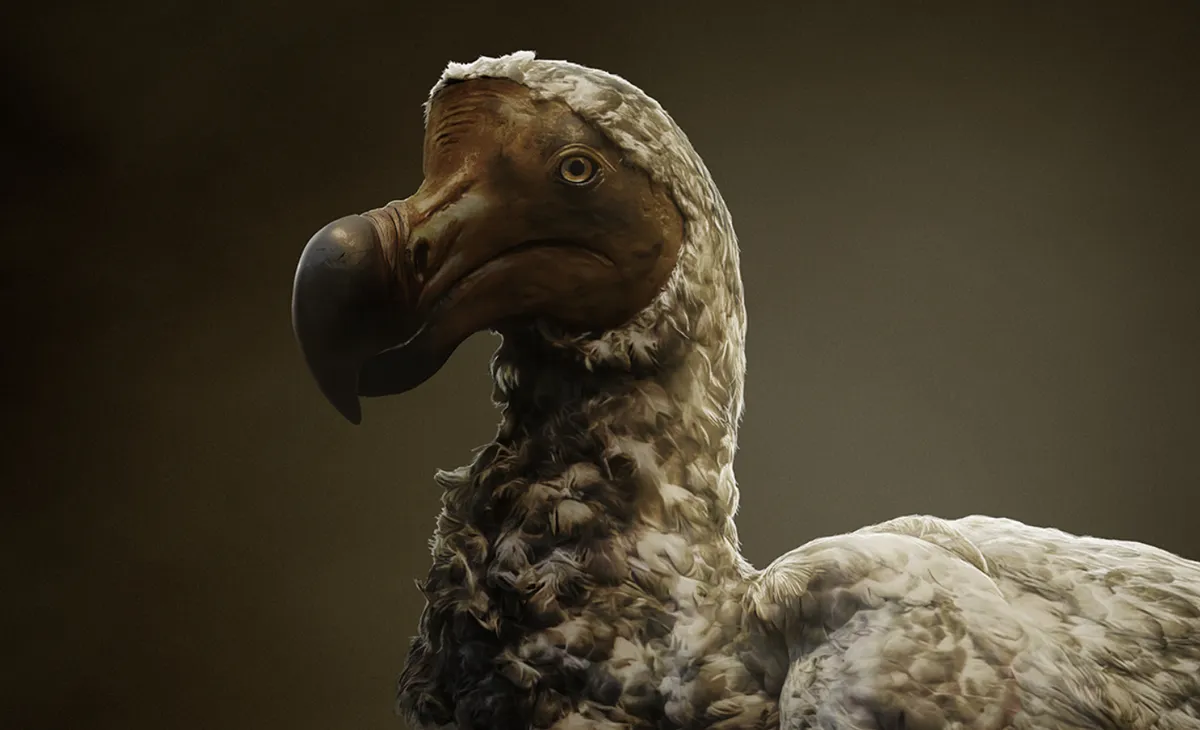When European settlers arrived on the small island of Mauritius in the Indian Ocean in the 17th century, they found there a friendly bird, unafraid of their presence. The dodo, related to pigeons, averages 23 kilograms in weight and can reach almost a meter in height. However, this encounter was not at all pleasant for the birds.
Read more
Mauritius is a small island in the Indian Ocean, named after the director of the East India Company, Count Maurice of Nassau. The island was not actually colonized until 1598, when the Dutch decided to establish a support and refueling point for their ships there. However, upon arriving in Mauritius, the navigators came across a strange bird. The dodo was a very friendly resident, with its large beak curved at the tip, large legs and small wings.
What are dodo birds?
No one knows for sure how the dodos got to Mauritius, but scientists believe that living conditions on the island were so favorable for their stay that the birds decided to stay there and never leave. Described by the Dutch as a giant, flightless species, the dodo was related to eagles and pigeons, reaching a majestic height of about one meter and a massive weight of about 23 kilograms.
The dodo has been described as a “stupid” bird, and its lack of flight ability and habit of eating stones did little to contribute to the bird’s reputation. The fact is that dodo birds evolved in a very favorable environment. Mauritius has a wide variety of fruits and seeds, which were the birds’ favorite diet. Moreover, the absence of predators contributed to the formation of the character of the dodo, which is not afraid of anything. A quiet life shaped the dodo’s anatomy, its wings atrophied and its legs became strong, with heavy bones and a wide pelvis, facilitating life on land.
Another factor attesting to the dodo’s adaptation to peaceful life in Mauritius is the fact that females lay only one egg per year. It is very common for birds to lay several eggs at once, as the abundance of offspring allows part of the offspring to survive, at the expense of their siblings who will be eaten, affected by diseases, etc. Dodo birds with their young hatched annually fear only the hurricanes that hit the island, but their anatomy, with their heavy body, allows the animals to survive stormy seasons.
When and why did the dodos become extinct?
The lack of natural predators made the dodo vulnerable to human presence when European settlers arrived in Mauritius in the 17th century. Without recognizing humans as a threat, the dodos were easily captured. In fact, in a log recorded by Willem van West-Zanen, on board the ship Bruen-Fis in 1602, it is stated that between 24 and 25 dodos were slaughtered at one time for food purposes. These birds were so majestic that the amount of meat from just two specimens was practically inexhaustible in a single meal, and the remains were preserved through a process of salting.
Although hunting reports describe the capture of many animals for provisions on board, documentation of the number of animals killed is rare. The decline in dodo numbers has been exacerbated by the introduction of invasive species into Mauritius. Although the island’s population never exceeded 50 people, the Dutch took in dogs, pigs, cats, mice, and monkeys. These animals hunted birds, competed for limited resources, and plundered dodo nests, interrupting the animals’ reproduction.
Records regarding the exact date of extinction are controversial, but the last widely accepted sighting occurred in 1662. The lack of recognition of extinction until the 19th century has been attributed to religious beliefs and disbelief about the existence of the dodo itself, which many consider an extinct bird. A mythical creature until Georges Cuvier proved its extinction.
Is it possible to revive the dodo bird?
Nearly 400 years after their extinction, dodo birds could be making a comeback. The ambitious initiative comes from Colossal Laboratories & Biosciences in Dallas, Texas. It plans to use genetic information from dodo remains in museums to genetically modify its closest living relative, the Nicobar pigeon. To this end, Colossal intends to use improved conditions for primordial germ cells (PGCs) for these pigeons.
This is not the first time that the company has announced plans to bring extinct species back to life. The woolly mammoth and Tasmanian wolf are also among the animals scheduled to be returned. However, this combination of genome editing and biotechnology brings with it ethical and environmental challenges. After all, what impact would reintroducing these animals have in a degraded world like ours?

“Wannabe internet buff. Future teen idol. Hardcore zombie guru. Gamer. Avid creator. Entrepreneur. Bacon ninja.”

